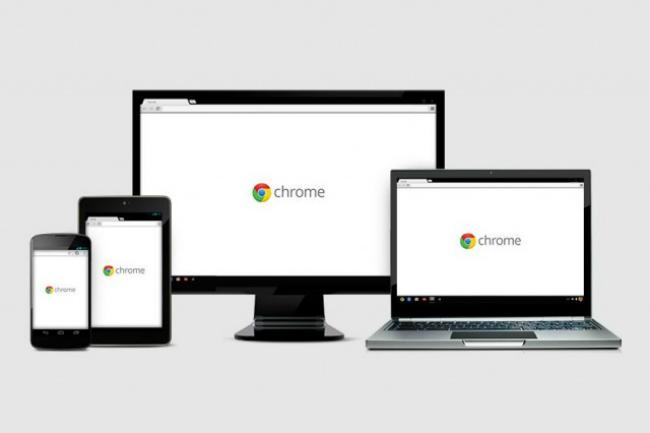
In August, Google Chrome’s market share fell from 20.37 percent July, to 19.61 percent. Meanwhile, Internet Explorer, which by far is the most popular desktop Web browser, raised its share from 58.01 percent in July, to 58.46 last month.
Related: Here is everything you need to know about Windows 9
Mozilla Firefox also gained some fans on the desktop front, though its uptick in popularity was much smaller than the one IE enjoyed in August. Its share rose from 15.08 percent in July, to 15.23 percent last month. The same can be said for Safari, which saw its share rise from 5.16 percent in July, to 5.32 in August.
Of the desktop browsers that gained users in August, Internet Explorer experienced the biggest spike; 0.45 percent. Firefox enjoyed the smallest bump of the three, rising by 0.15 percent.
Related: Windows XP end of support survival guide
It’s worth noting that both Safari and Internet Explorer have one clear advantage over Firefox when it comes to gaining fans. Both Apple and Microsoft make popular operating systems which include each company’s respective browsers as their defaults. Firefox does not enjoy that perk.
For what it’s worth, Chrome’s usage dip in the desktop computer world could be due to a battery life-killing bug in Chrome that came to light earlier this summer. The bug is specific to Windows-based devices, and Google is already working on a fix for this issue.


